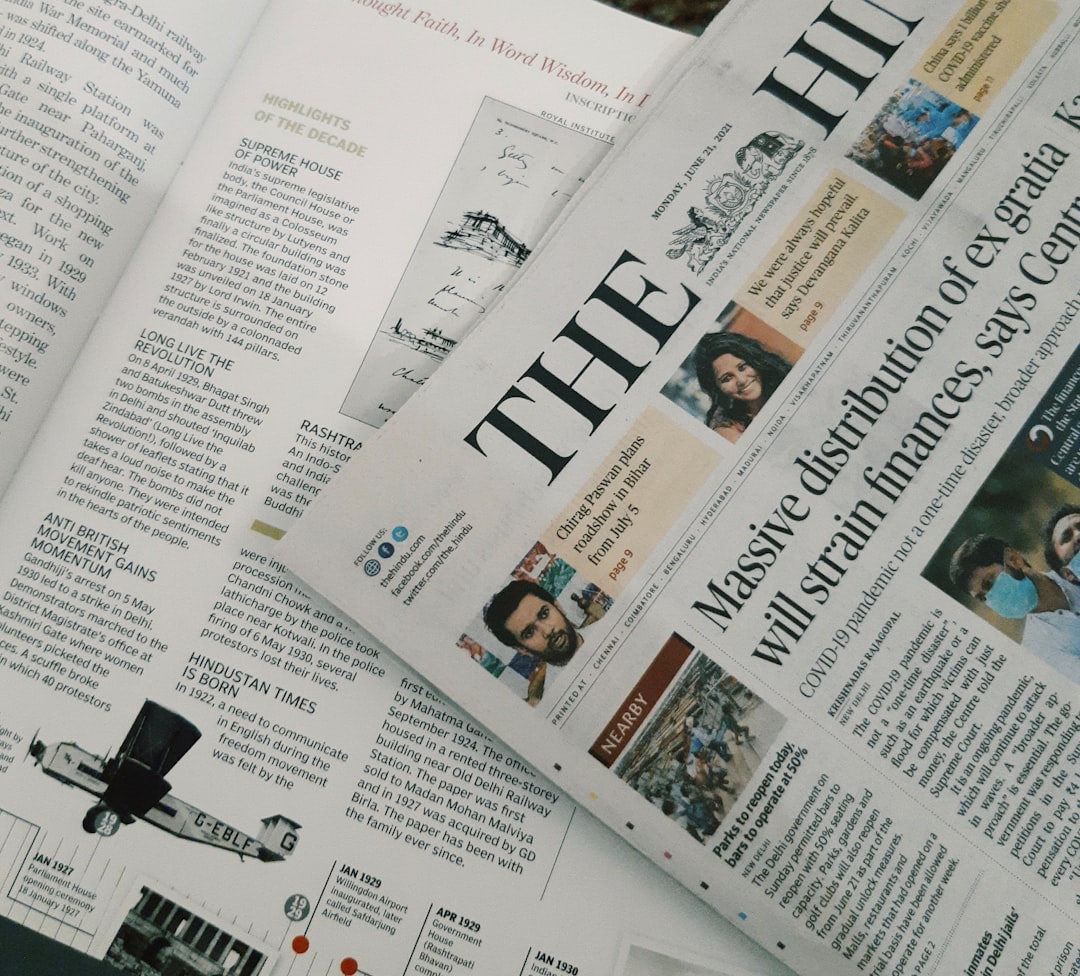What is it about?
Research on age and second language acquisition (L2A) is vast, but inconclusive. Such research has mainly been motivated by the Critical Period Hypothesis (CPH), which postulates that language acquisition becomes extre- mely difficult after the onset of puberty. Also, there is a lack of research on age and third/additional language (L3/Ln) learning. To fill this gap, this article examines differences in morphosyntactic knowledge between early and late learners of English as a L3/Ln. In this study, ‘early’ and ‘late’ learners are those participants first exposed to English as a medium of instruction (MOI) in 1st and 11th grades, respectively. Participants’ morphosyntactic knowledge was assessed based on two tasks: (a) a Grammaticality Judgment Task (GJT) and (b) an editing task. Three hundred and thirty five undergraduate and graduate students from two universities in Pakistan voluntarily participated in the research. Results of the group comparisons showed no statistically significant differences between early and late learners on the GJT; however, on the editing task, a modest but significant difference was observed between the two groups, with late learners scoring higher. This finding contradicts the predictions of the CPH.
Featured Image

Photo by Leonardo Toshiro Okubo on Unsplash
Why is it important?
This research is important for several reasons. First, findings of this study show that the effects of age are mediated by the context of learning. In a tar- get-language deficient context like Pakistan where quality of EMI might be poor, and there might be a lack of target language use outside the school, early starters may not show patterns of proficiency similar to those observed in early acquirers in SL contexts. Second, this study complements a typical GJT with an editing task, which provides a deeper understanding of participants' actual grammatical proficiency. Unlike a GJT that contains decontextualized sentences and might elicit responses that are based on intuition (i. e., grammaticality is determined based on feel; Bialystok 1979), while completing an editing task, learners need to, first, identify a grammatical inconsistency, then potentially determine the nature of the inconsistency, and finally, find an acceptable correction for it. They might further depend on the contextual clues to determine a grammatical inaccuracy, for example wrong use of tense. Moreover, the article also has important language policy implications about the age of exposure to English medium instruction if foreign language contexts.
Perspectives
I hope this paper extends the scope of research on age effects and language acquisition to linguistic and geographical regions yet unexplored.
Muhammad Asif Qureshi
Zayed University
Read the Original
This page is a summary of: Age and knowledge of morphosyntax in english as an additional language: grammatical judgment and error correction, IRAL - International Review of Applied Linguistics in Language Teaching, March 2020, De Gruyter,
DOI: 10.1515/iral-2015-0062.
You can read the full text:
Contributors
The following have contributed to this page










